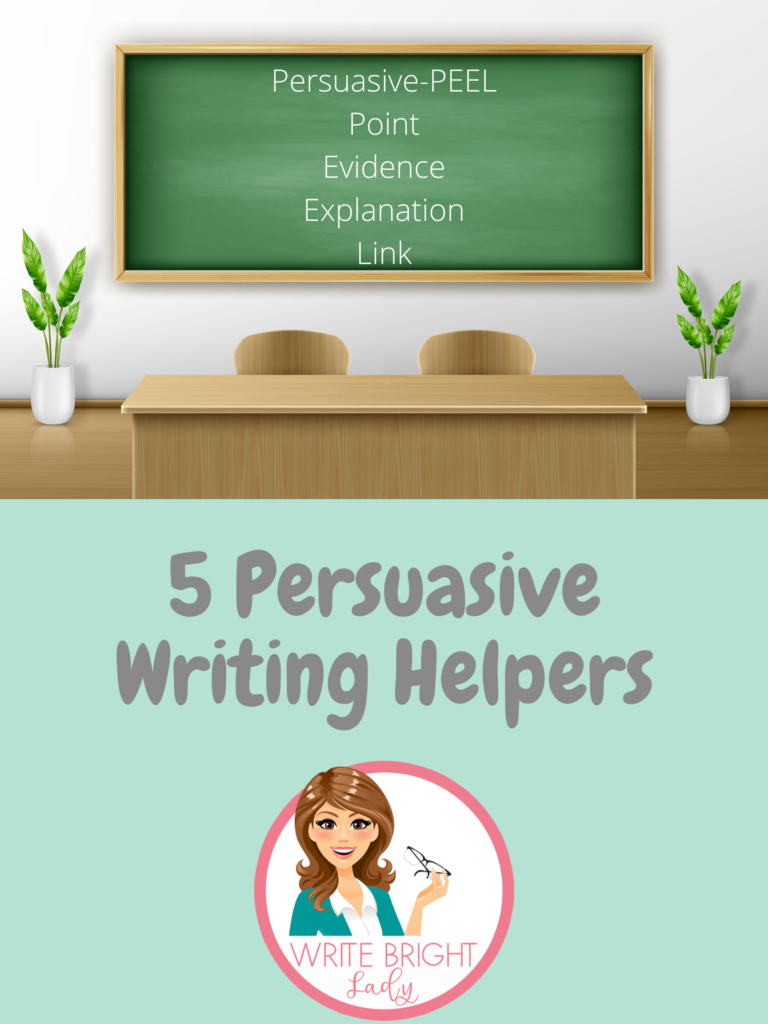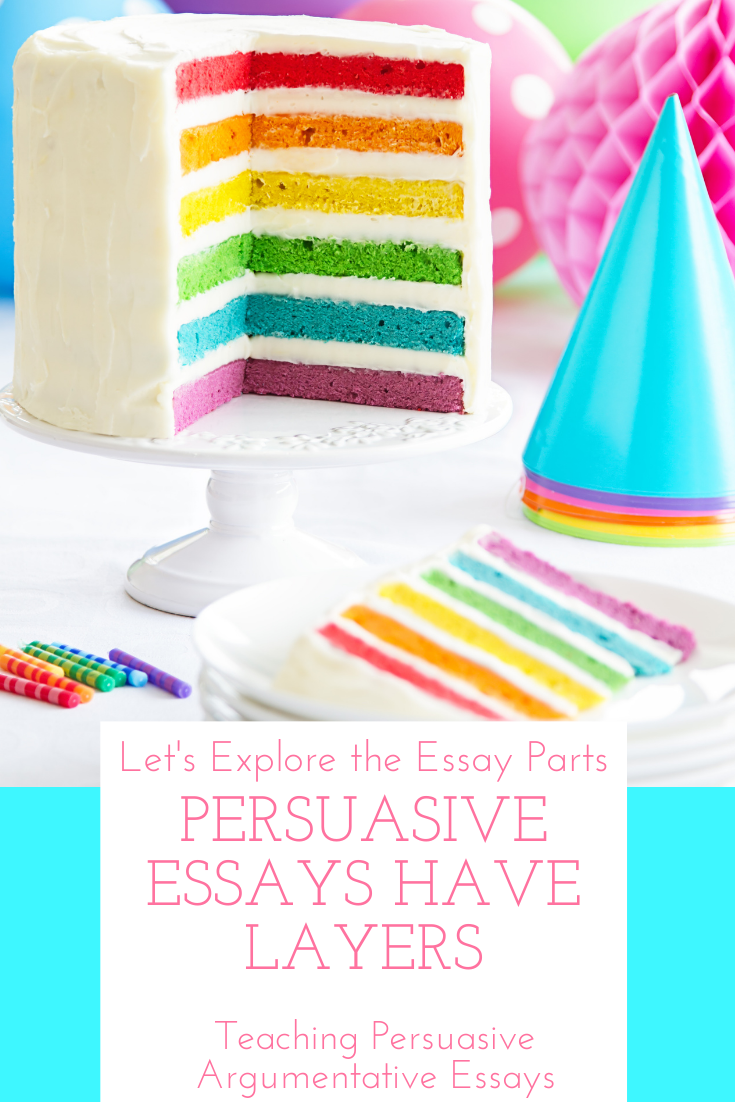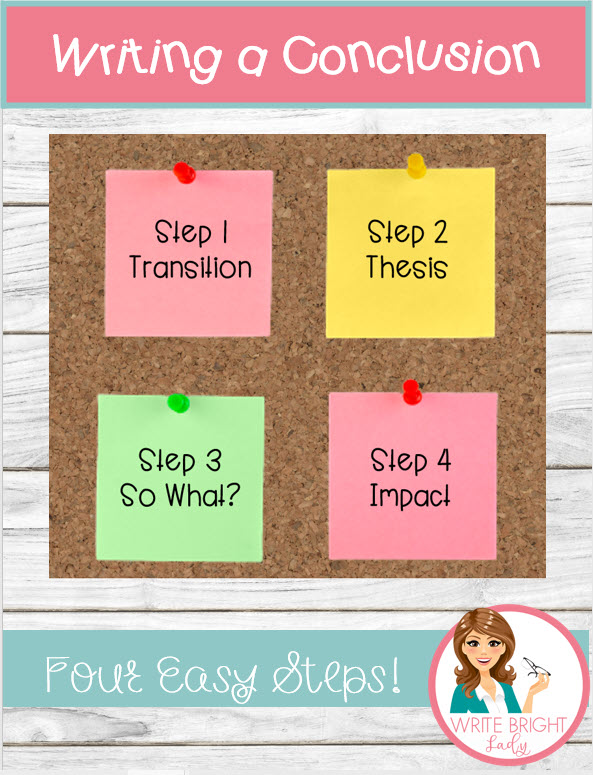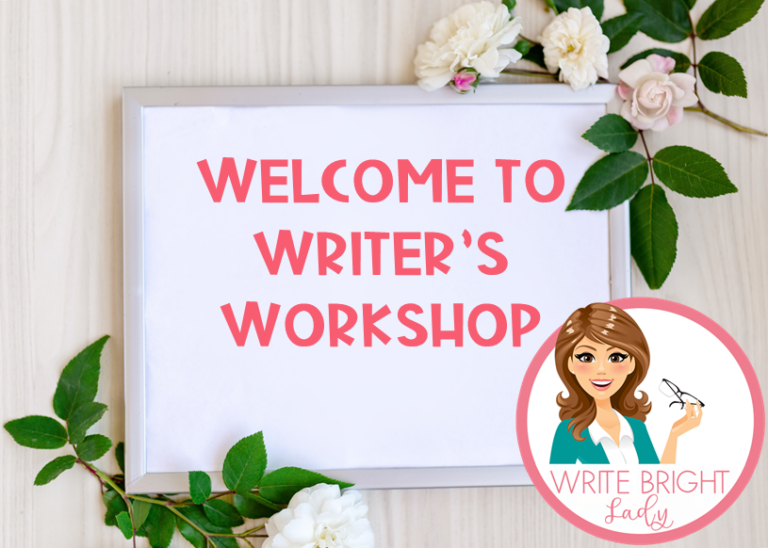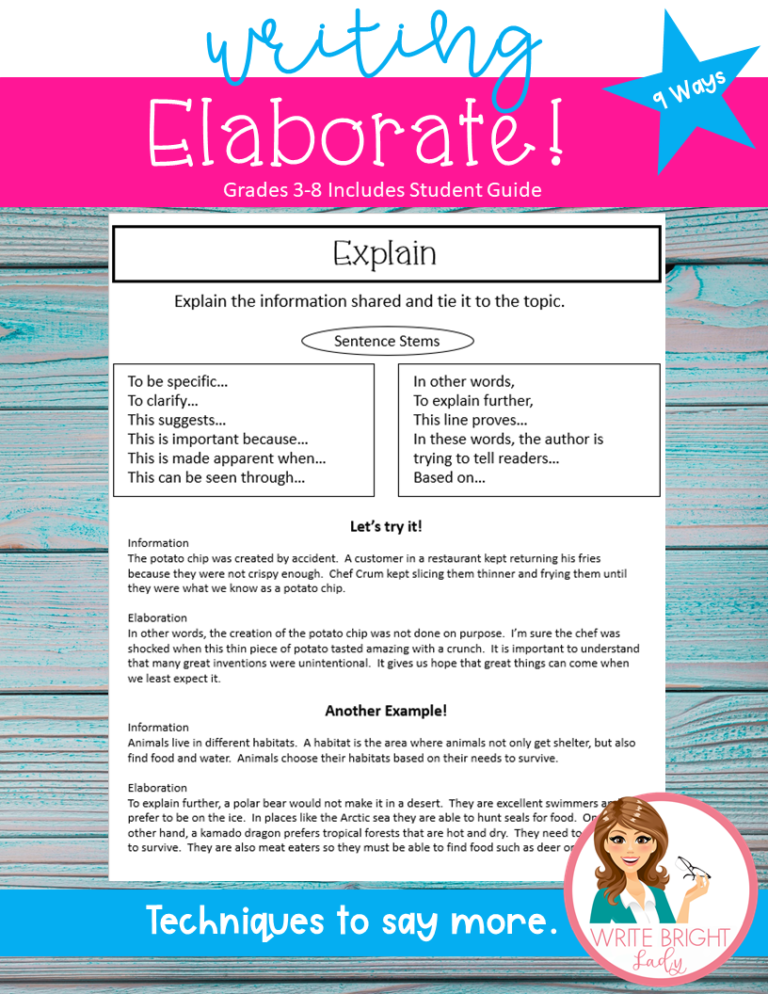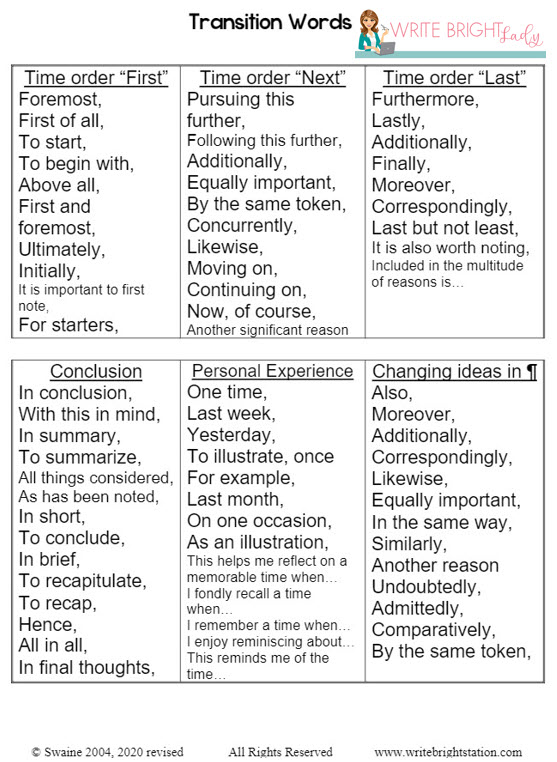What is writing mechanics?
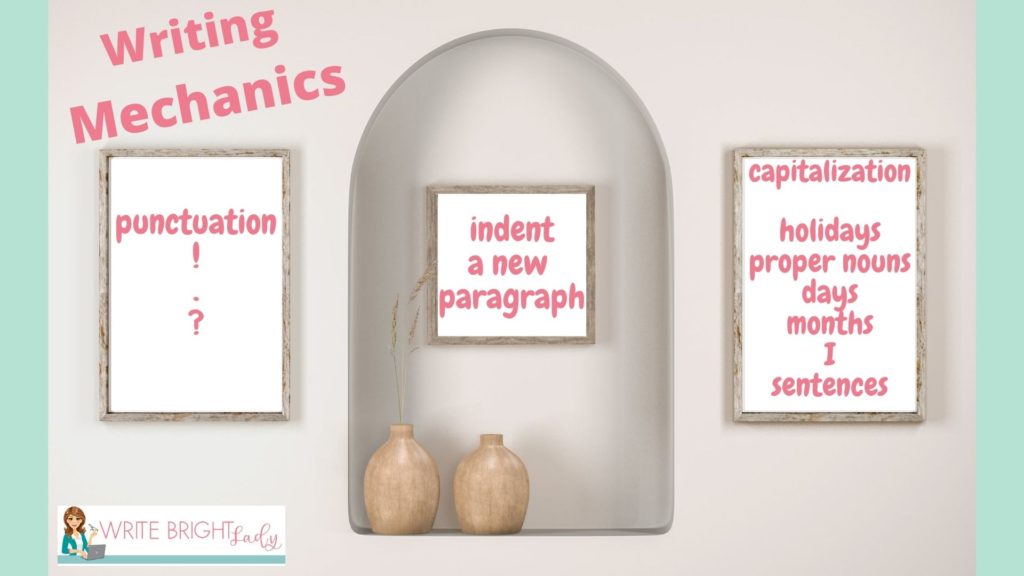
When figuring out what is writing mechanics or choosing the right daily grammar, you may be looking for worksheets on punctuation, worksheets for 5th grade language arts, worksheets for 3rd grade language arts, or another grade level. Regardless of what grammar worksheets you use, you need to make sure writing mechanics are addressed. So, what is writing mechanics? It sounds like a “catch all” label for sure which includes punctuation, capitalization, formatting, indenting, margins, spacing, quotations, and of course rules. Grammar refers to parts of speech, subjects, predicates, objects, and modifiers as well as the way words are arranged. Some state standards lump grammar, mechanics, and spelling into one big pot called “language conventions.” In a nutshell, when answering what is writing mechanics one could say it is the rules of the written language. In order to clearly communicate ideas on paper, a person must have an understanding of both mechanics and grammar. Without them, a reader won’t understand what has been written.
How should we teach writing mechanics?
First, direct instruction is important. Whether you are teaching daily grammar or writing mechanics take the approach that students don’t know anything. This will help you lay a solid foundation for those that may need this. Here is the most important thing: teach these as short lessons, twice a week, only focusing on a few skills. Focusing on fewer skills will allow students to master a skill before moving onto the next skill. Practice worksheets for independent work, homework, centers, or bell work are helpful in reinforcing skills.
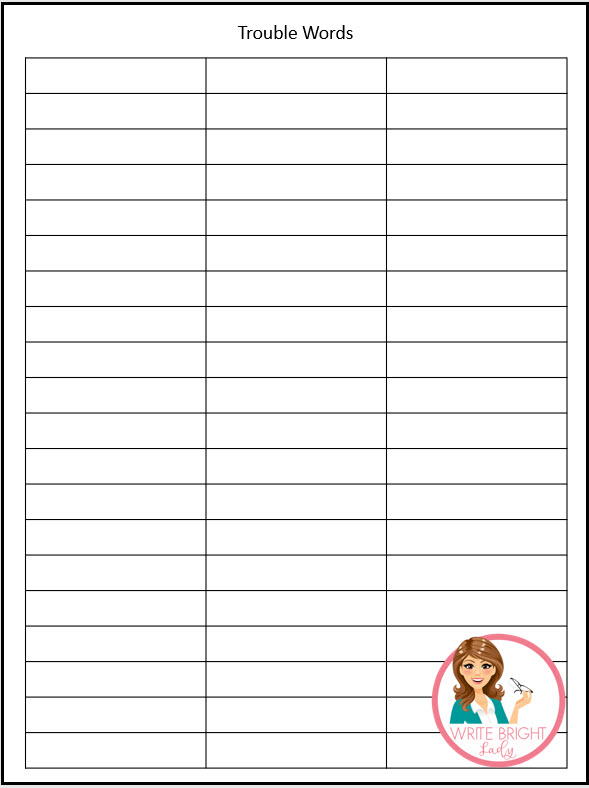
Next, students will need a “fix it” list. I have them keep this in their writing folders. Anytime I see an error in their writing, it goes on the sheet. One side is for grammar and mechanics and the other side is for their “trouble words” which is spelling issues. Bottom line, things need to be written in the correct way. It is important to get it right in order to properly communicate. Don’t be afraid to tell students what they are doing wrong.
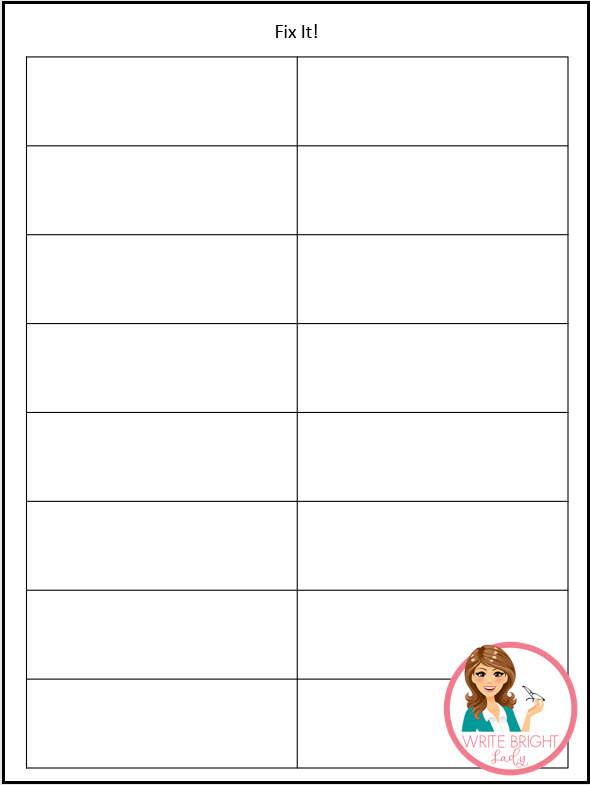
Worksheets on punctuation are not the only option
Are worksheets the way to go? They can be great, but so can fake text messaging. That’s right. You can have students use THIS to make a conversation between two people. They can choose whatever names they would like, even celebrities. The catch is that the dialogue must use correct punctuation. Want them up and moving? Give each group a cut up sentence along with a period, question mark, exclamation point, comma, etc. You can even glue them to craft sticks. They have to put it back in order to make sense with the correct punctuation. Another great center idea, is to crate a dice (die) with different punctuation on each side. After students roll, they must create a sentence using the punctuation they rolled correctly. Finally, for center time you can have envelopes or pockets displaying a punctuation mark. Students must sort each sentence into the correct pocket matching the punctuation it needs.
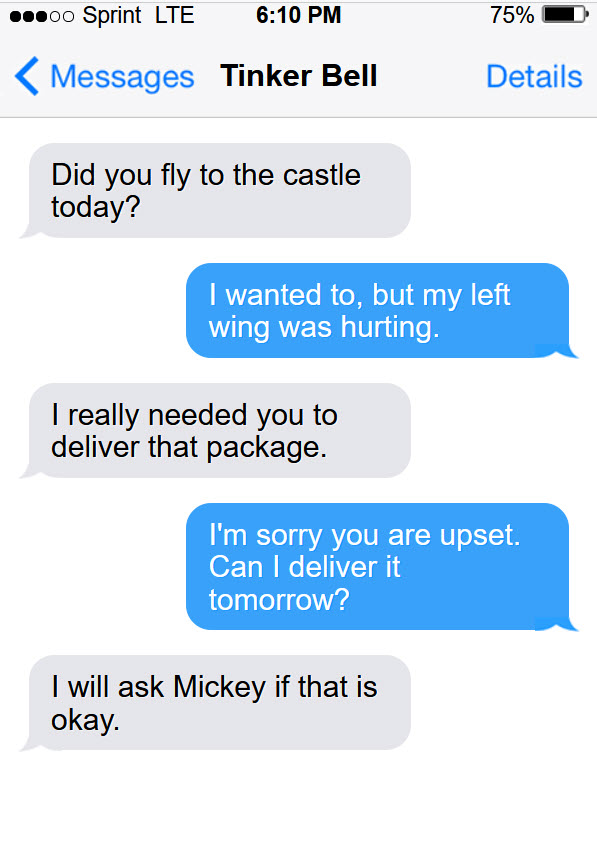

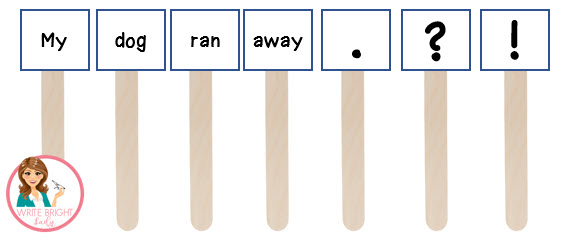
There are 14 punctuation marks including a period, exclamation point, question mark, comma, colon, semicolon, parentheses, brackets, braces, hyphen, dash, apostrophe, ellipsis, and quotation marks. Let’s take a look at the most important ones to teach and put an end to looking at writing that is all one long sentence.
Periods
- Use at the end of a statement or command.
- Use with abbreviations such as Mr. Mrs. Dr. Rd, ft. in.
- Use with initials such as Washington D.C. or John F. Kennedy
Question Mark: Used to ask a question such as “Where is the bread?”
Exclamation Point: Used with a sentence showing strong emotion such as “He is bleeding!”
Commas
- Use between city and state such as Orlando, FL.
- Use in a date such as December 4, 2006.
- Use in a series such as “I ate candy, cake, and ice cream.”
- Use to combine sentences such as “Mom went to the store, but they were out of milk.”
- Use with introductory clauses such as “Yes, I want to go with you.”
- Use with a direct address such as “John, I think you need to leave.”
- Use after a greeting in a letter such as “Dear Mary,”
Quotation Marks: Punctuation goes INSIDE the quotation marks at the end.
- She said, “You can come tomorrow.”
- She asked, “Can you come tomorrow?”
- OUTSIDE is rare, but is used if the punctuation goes with the entire sentence and not just the quoted part. Example: Are you the one that called me “a loud mouth”?
Apostrophe
- Use with contractions such as don’t, can’t, haven’t.
- Use to show possession such as “The car’s horn is broken.”
- Use to show plurals of letters, numbers and symbols such as “A’s”
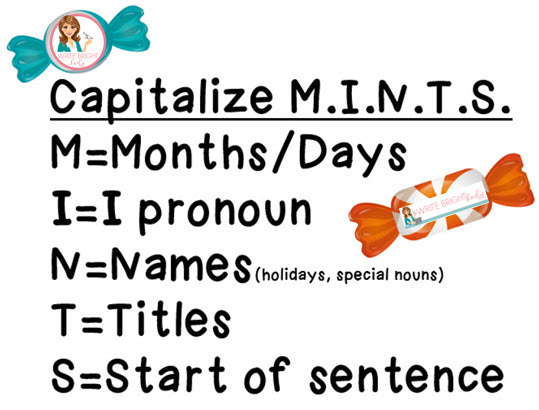
Worksheets on capitalization are not the only option
Start with an anchor chart. That rhymes! Teaching kids to capitalize is like teaching them to put their clothes in the hamper; they forget. The goal is to get them to remember, which takes time and many reminders. Try giving students a paragraph with no punctuation. Read it this way to demonstrate how everything runs together. Then, have them correct the paragraph and read it to their shoulder buddy. With younger students, have them make the capital letter with a specific color. Always use this color when something needs to be capitalized. For older students, there are many printables for correcting the capitals, but you can also have them do a scavenger hunt with their own writing to highlight any letters that should be capitalized. Fix the sentence activities are also a great way to practice capitalization.
Grammar worksheets don’t usually teach indenting and spacing
“I told them to indent. Why are they not doing it?” I literally stand at the front of the room. As I model, I tell students to draw an arrow or leave a space the size of a dime to indent. When they turn in their papers, no indentation!! It makes me want to pull my hair out. This my friend, is another example of mechanics. First, teach students why to indent. It shows the reader a change is coming. New paragraphs must be indented. So how can you get them to do it? Make it fun. You know those cute foil stars that come by the thousand. Those are perfect. Anytime a student starts a new paragraph, they put one down to indent. Trust me, they are going to want to use them so it will help them to remember.
Now what about spacing? Oh, how I hate to figure out where one word ends and the next begins. When modeling, exaggerate the space. Here’s a fun trick. Walk up to a student that does not use spaces. Pretend you have something clenched in your fist. Ask her to hold out her hand and hand her the “nothing.” Ask, “What did I give you?” The answer will be nothing. Tell her nothing is something you want her to put between each word. You can also use a craft stick for more severe non-spacers to use while writing. Now what if they have spaces within a word? Tell them the garbage truck comes by and collects any word that allows too much junk to fall in the big spaces. “Don’t leave space for junk in your words.”

